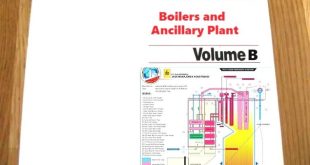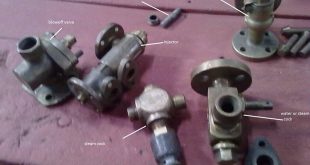
Radiant Floor Heating Second Edition by R. Dodge Woodson. Consider this book your survival guide in the ever-changing world of heating systems. With it, you have plenty of opportunities to grow and prosper. Look over the table of contents. Thumb through the pages. Look at the numerous illustrations. Scan the reader-friendly text. It will only take a few moments for you to see that this single book may be the most valuable tool in your arsenal of money-making tools. You are holding the power of the future at your fingertips. Don’t let it get away from you. Radiant floor heating systems require only a low-temperature fluid to do their job. This translates into lower operating costs. The PEX tubing used to create most radiant floor systems is very inexpensive when compared to copper tubing. Since radiant floor heating rises
from a floor, it actually heats more space than perimeter heat emitters do.
The Contents of Radiant Floor Heating Systems
- Why Aren’t More Contractors Using In-Floor Heating Systems?
- Comparing Radiant-Floor Systems to Other Systems
- Designing Functional, Cost-Effective Systems
- Combining Radiant Floor Systems with Baseboard Systems
- Complete Plumbing and Central heating
- Establishing Heating Zones
- The Mechanics of Manifolds
- Steam Boilers hot water boilers
- Material Selection
- Circulating Pumps
- Controls and Control Systems
- Components for Heating Systems
- Expansion Tanks
- Principles of Heating Ventilating and Air Conditioning
- Domestic Water Heating
- Slab-on-Grade Piping Systems
- Thin-Slab Piping Systems
- Dry Piping Systems
- Radiant Systems for Ice Removal
- Solar Heating Systems
- Troubleshooting Gas-Fired Boilers
- Troubleshooting Oil-Fired Boilers
 Boilersinfo Boiler and Mechanical Power Digital Library
Boilersinfo Boiler and Mechanical Power Digital Library








